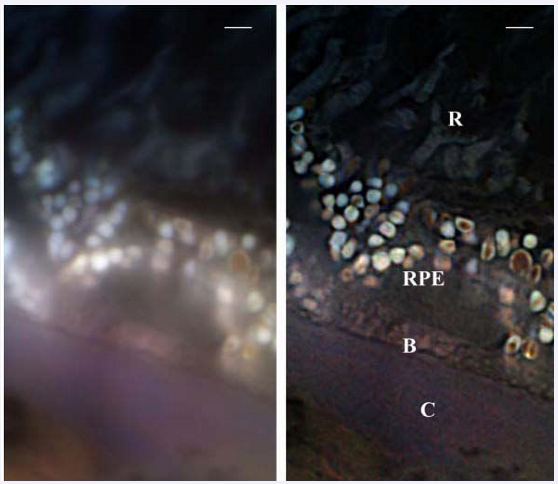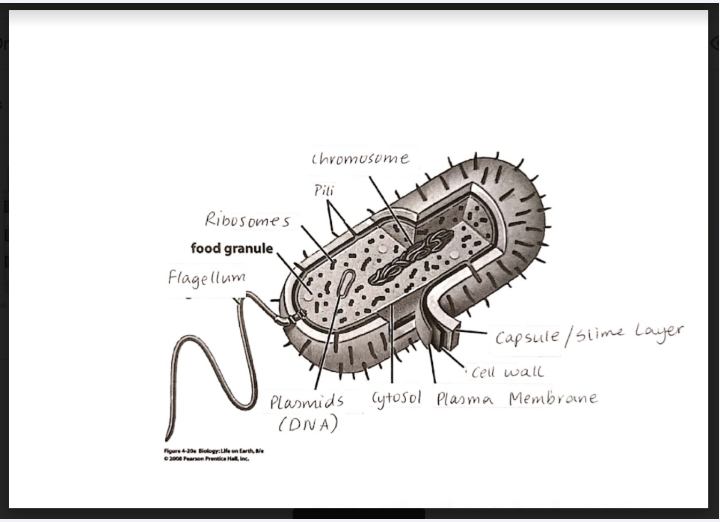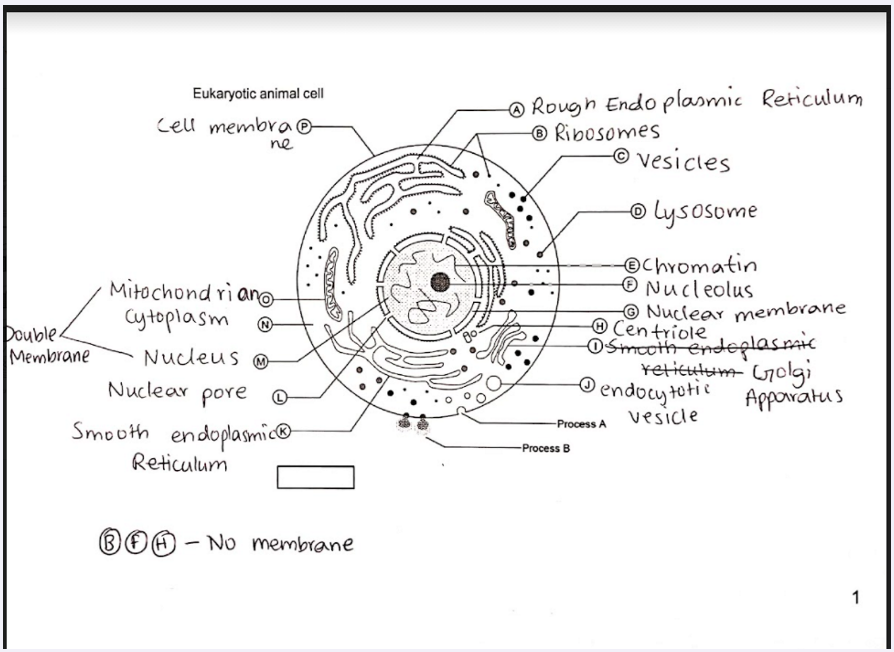5.0(1)
Explore Top Notes Note
Note Studied by 8 people
Studied by 8 people Note
Note Studied by 14 people
Studied by 14 people Note
Note Studied by 23 people
Studied by 23 people Note
Note Studied by 32 people
Studied by 32 people Note
Note Studied by 11 people
Studied by 11 people Note
Note Studied by 24 people
Studied by 24 people
Organisation of the Organism (1.6-1.7)
The Second Great Awakening and The Antebellum Social Reform
IB Biology HL year 2: Unit 1B (Evolution)
The Art and Science of Astronomy
Group 18 elements
Chapter 16: Paint Analysis
 Knowt
Knowt



